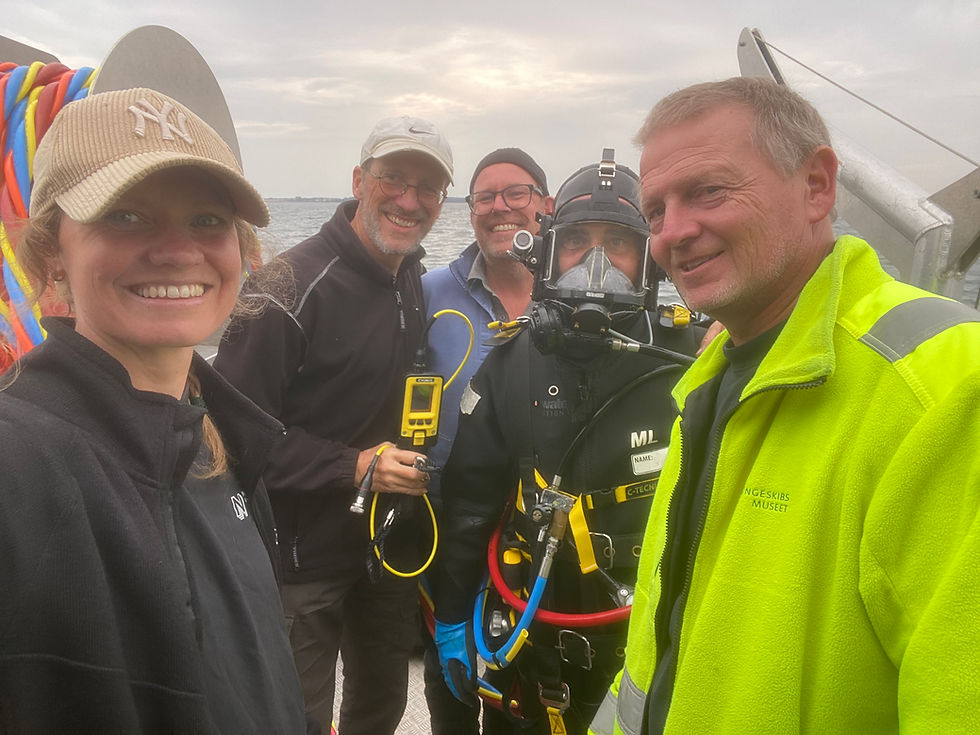SUBNORDICA project: Exploring submerged landscapes in the North Sea
- ENDURE

- Nov 16, 2023
- 1 min read
Many congratulations to the collaborative team comprising the University of Bradford's Submerged Landscapes Research Center, Moesgaard Museum, Aarhus University, and the German research institute NIhK, which have secured a prestigious €13 million ERC Synergy grant for the SUBNORDICA project. The project aims to map the seabed in the Baltic and North Seas using legacy geophysical, geological and geotechnical data and apply advanced technologies such as machine learning to enable objective data interpretation.

SUBNORDICA addresses a significant gap in understanding the prehistoric settlements that existed in now-submerged areas, covering over 3 million km2 around Europe's present coastline. As marine offshore developments make these areas increasingly inaccessible, the project's focus is particularly timely. This aspect reflects some of the aims of the ENDURE project; how can we sustainably preserve underwater cultural heritage in light of an ever-increasing exploitation of the seabed?

The grant comes from the European Research Council's Horizon Europe program, and it is a Synergy Grant, the highest level awarded for large-scale collaborative projects. SUBNORDICA aims to explore submerged landscapes, gain insights into ancient coastal societies, and support sustainable development as the world pursues net-zero goals. Peter Moe Astrup from Moesgaard Museum, Vince Gaffney from the University of Bradford's Submerged Landscapes Research Centre, Katrine Juul Andresen from Aarhus University, and Svea Mahlstedt from NIhK will serve as principal investigators.

The project is scheduled to begin in the first half of 2024 and will run for 6 years.




Comments